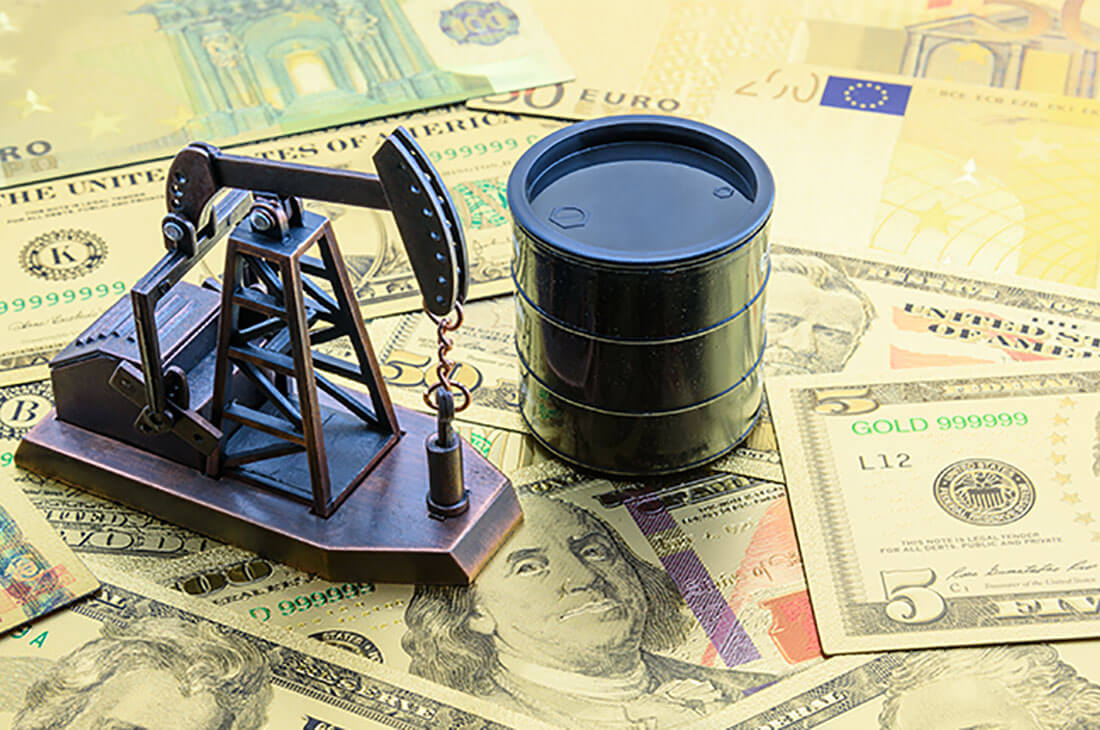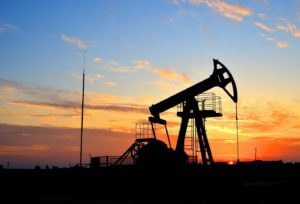Global oil demand appears set to return to pre-pandemic levels in 2022. Still, a sharp decline in upstream investments and OPEC’s cautious approach to raising the group’s production volumes could lead to an undersupplied market next year. According to industry participants at the S&P Global Platts Asia Pacific Petrol Conference, Asian end-users and consumers mainly find crude and commodity prices excessive.
According to Greg Hill, global upstream investments were over $650 billion before the COVID-19 epidemic. It has since dropped $300 billion, a drop of approximately 50%.
“However, notwithstanding COVID 19, the overall worldwide demand relative to estimates six years ago is not that far off. Therefore that tells me the sector is massively under-investing to meet future supply,” Hill added.
Trafigura’s Chief Economist Saad Rahim stated during a panel discussion session at the APPEC that there is systemic underinvestment. He added that global upstream capital expenditure has been disappointing since the financial crisis. The globe will still require more than 90 million b/d of oil, and CAPEX spending must catch up,” he said.
Asian Refiners and Trading Businesses
Asian refiners and trading businesses also agreed that the rate of global supply growth is slowing. The upstream expenditures are behind. At the same time, oil prices appear to be hot.
OPEC and its partners decided on Sept. 1 to increase collective crude production by 400,000 b/d in October. They kept their July agreement to increase output by the same margin from August through the end of 2022.
According to Platts’ poll of eight key Asian refiners and trading firms on the first day of APPEC, including ENEOS, BPCL, SK Innovation, China oil, Pertamina, and PTT, OPEC+ should ideally increase supply by at least 700,000-800,000 b/d.
Demand Recovery
Six of the eight Asian refiners and traders polled by Platts expect Asia’s oil product demand to rebound to 2019 levels by Q2 2022. By then, more than half of East Asia’s population will receive full vaccine doses.
There’s a slew of movement restriction measures implemented across many states and countries in East Asia. The ongoing risk of a resurgence of COVID-19 cases will continue to pose risks to the regional economy. Therefore a robust consumer industrial fuel demand recovery should occur in 2022.
In the United States, Hill stated gasoline market had already returned to approximately 98 percent of pre-pandemic levels in terms of sales. According to Hill, the latest Transportation Security Administration (TSA) study showed that air travel throughput at US airports during Labor Day vacation was 5% lower than pre-pandemic levels.











